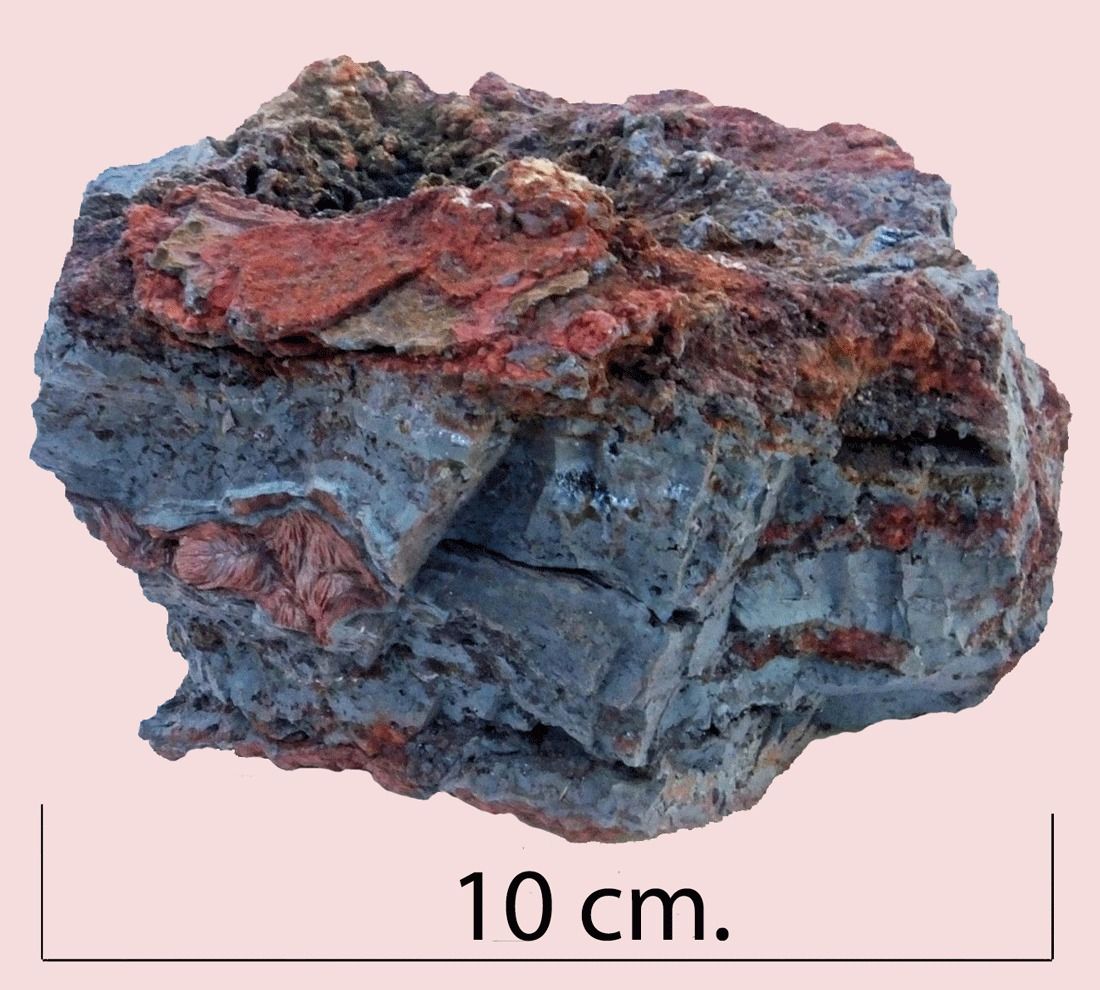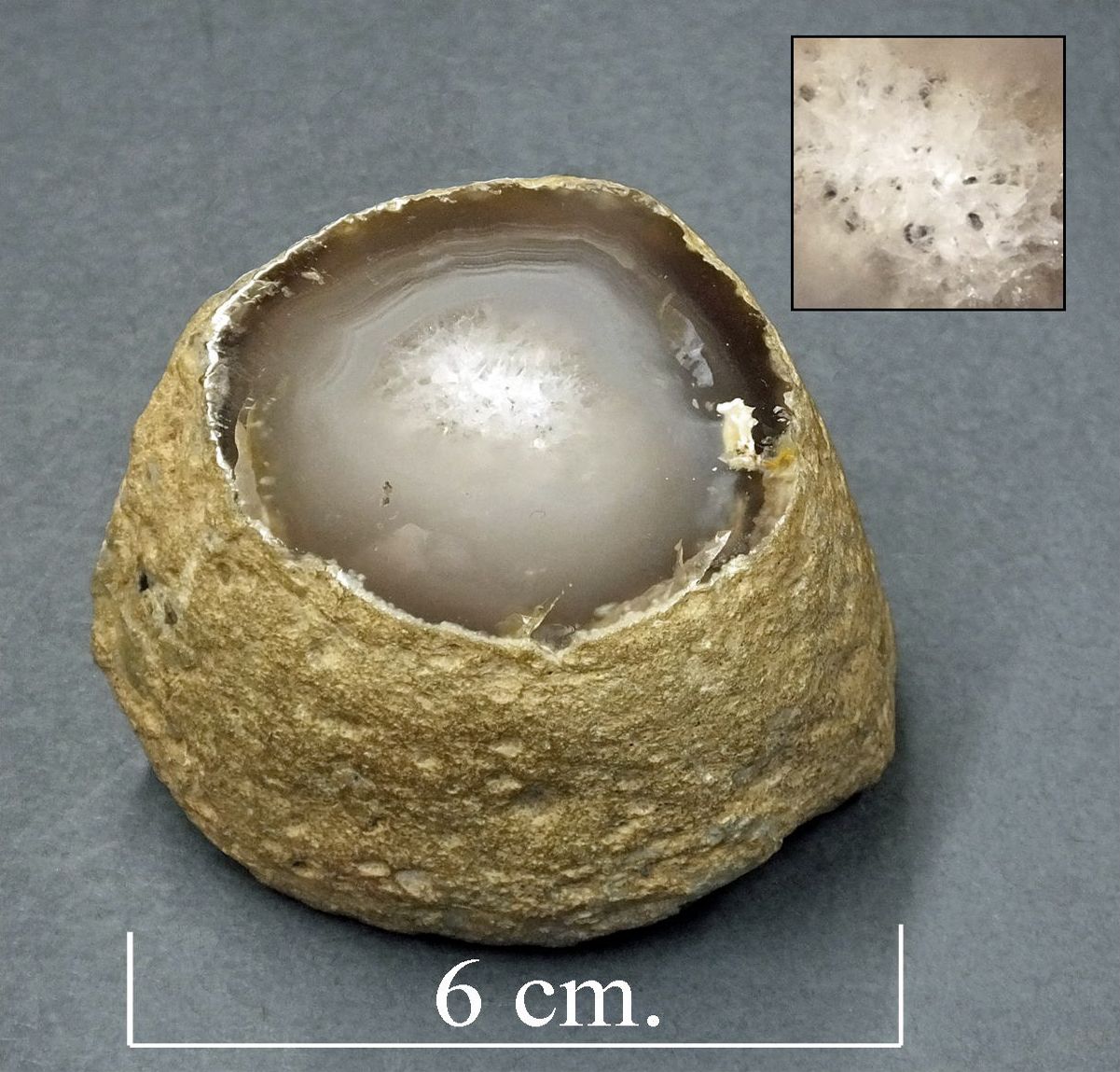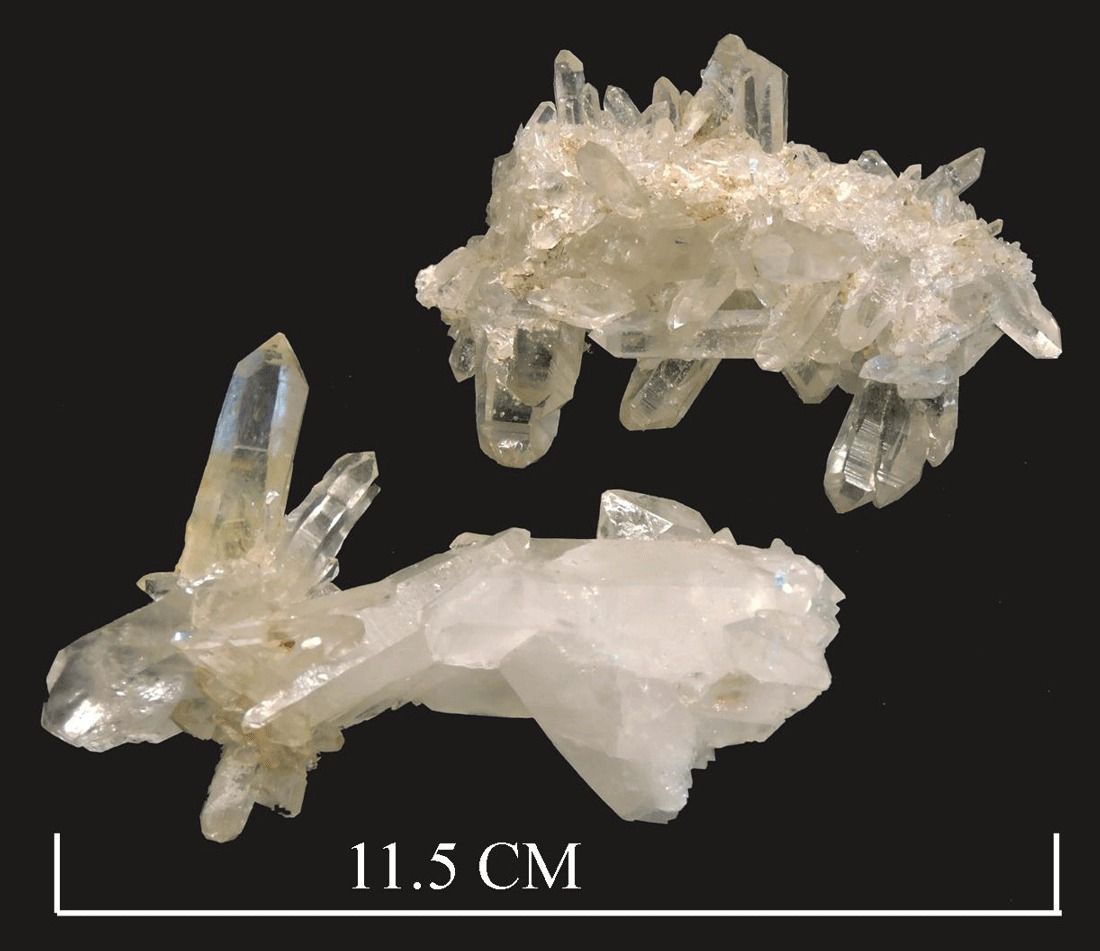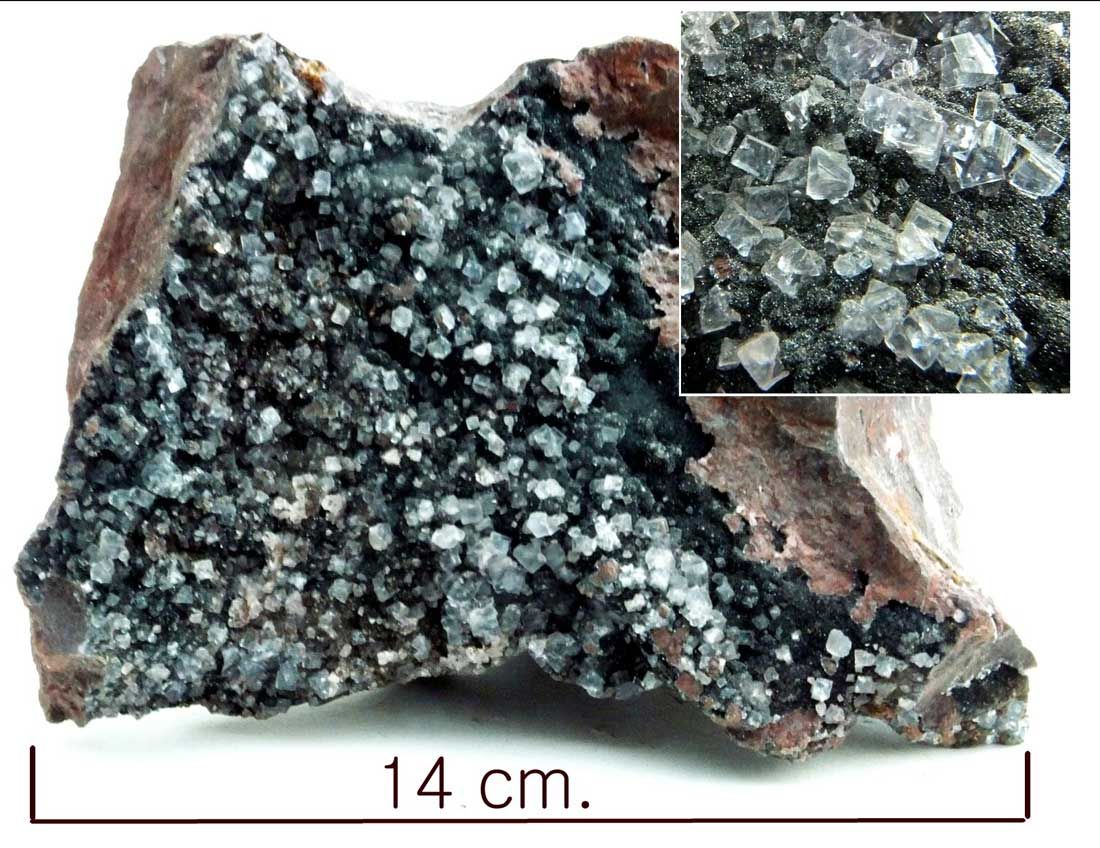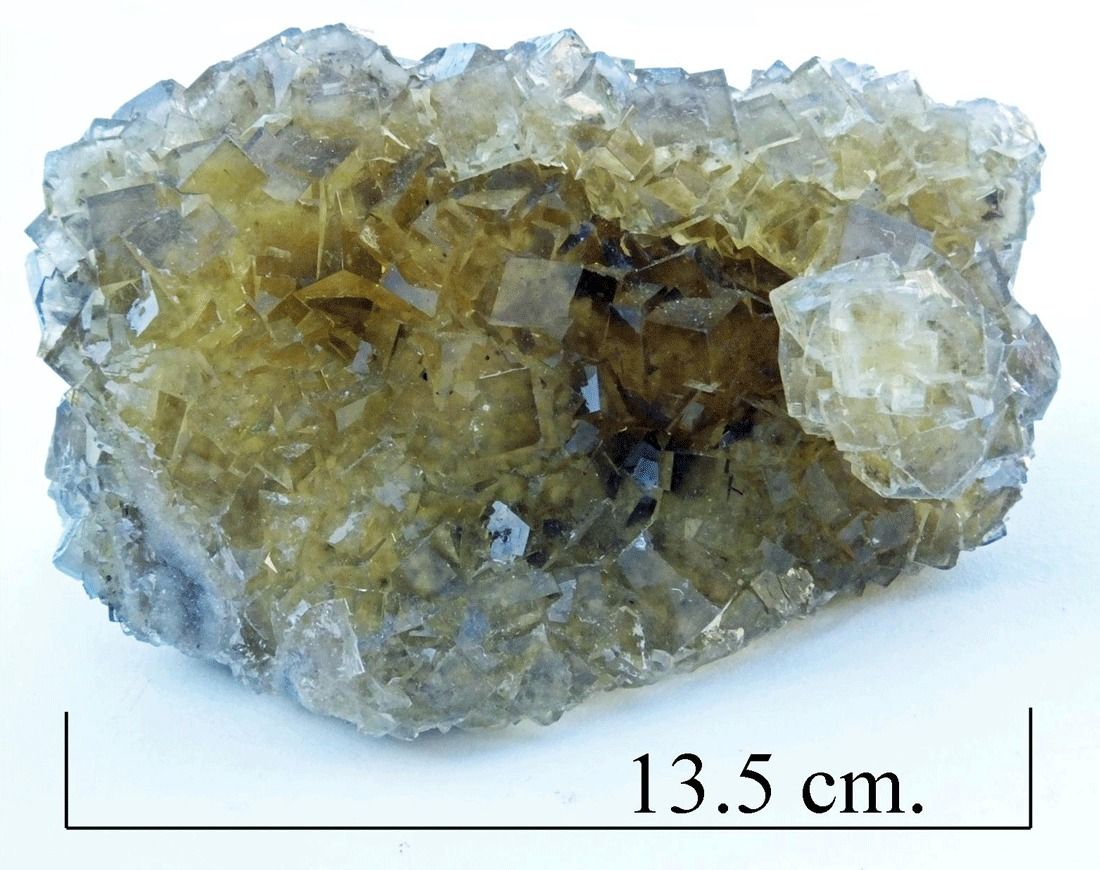
Fluorite. Mina Moscona Solis, Spain.
Fluorite, CaF2 is calcium fluoride and is a halide mineral. In it's pure state it is colourless, and transparent, however it is easily coloured by trace minerals, so clear colourless fluorite is not very common. This specimen is a mass of hundreds of intergrown cubic crystals, and although transparent, it has a slight yellowish colour. The specimen is from Mina Moscona Solis in Spain.
